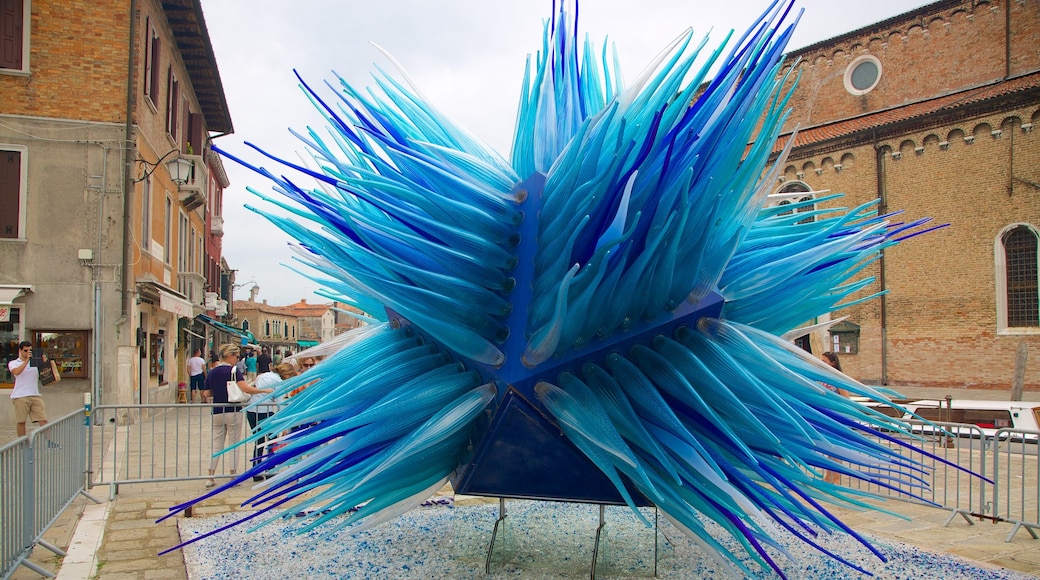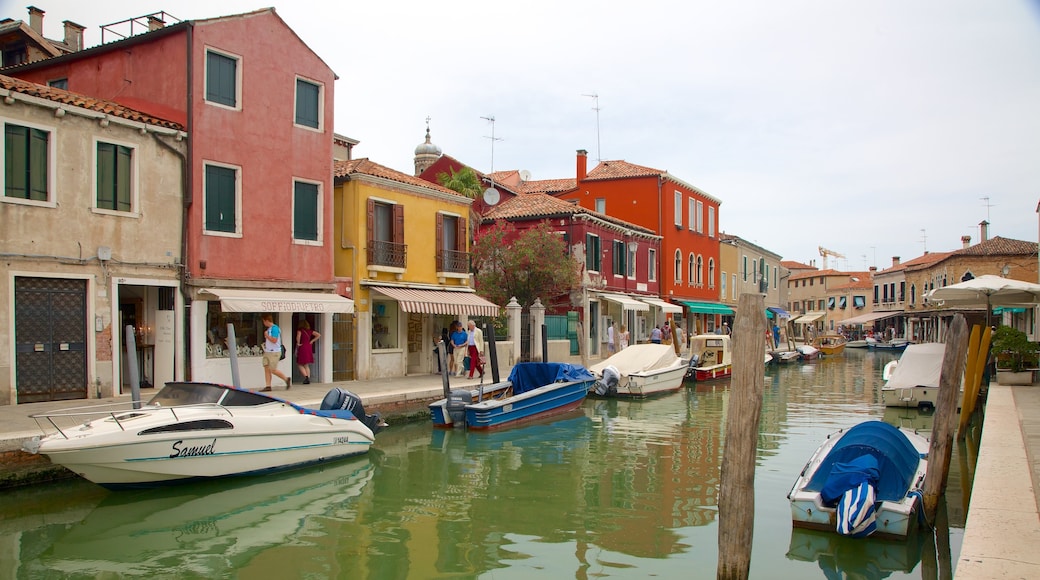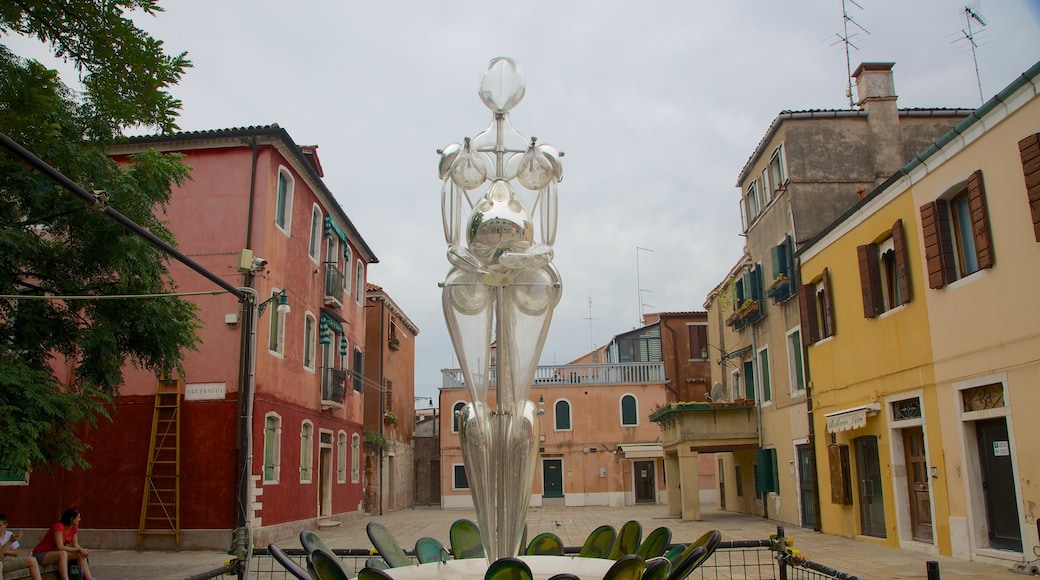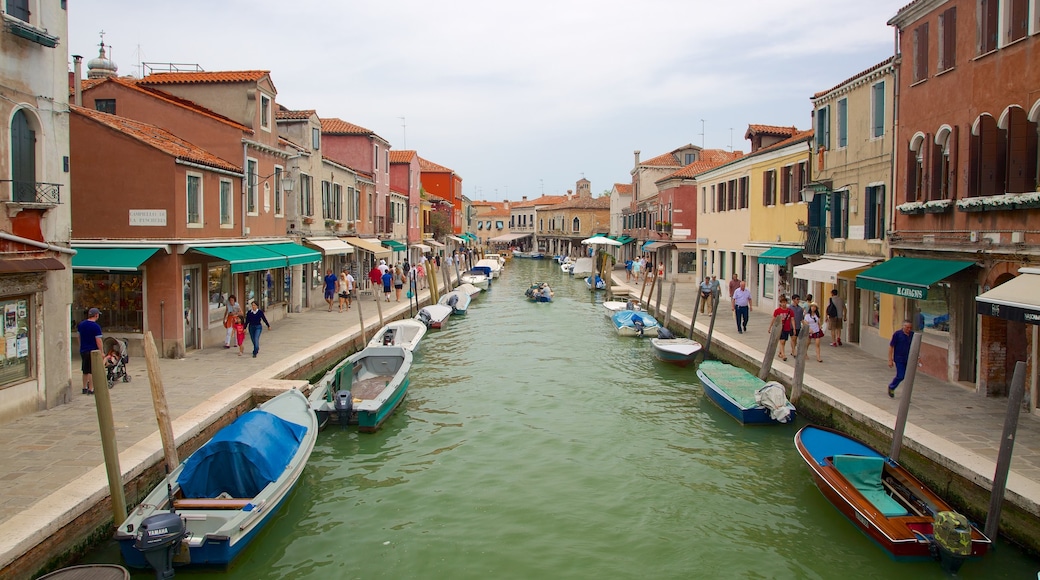A short water bus ride from central Venice transports you to a small island where the ancient craft of glassblowing is still practiced and demonstrated.
Visit the small island of Murano to watch a Venetian artisan transform a molten globe of glass into the shape of a vase, bowl or mirror. The art of glassblowing has been practiced on the island ever since the Venetian state moved artisans here in 1291 because the furnaces were deemed a fire risk to the crowded town.
Stepping off a vaporetto (water bus) onto the island, you’ll immediately see a line of shops and workshops. The owners will gladly treat you to a demonstration of their traditional methods and modern-day techniques.
Browse the shops to see the many examples of glass art. Even if you don’t make a purchase, you’ll appreciate the extraordinary shapes, sizes and colors of the products. There’s anything from trinkets, such as glass beads, colorful animal figures and jewelry, to more expensive mirrors and ornaments. If you do purchase something, look out for the trademark Vetro Artistico Murano sign displayed on the shop windows to be sure you are buying genuine Murano glass.
See how the craft of glassblowing has changed over time in the Murano Glass Museum, located in the Palazzo Giustinian. This museum has glasswork collections dating as far back as the first century. It’s open daily except Wednesdays and major holidays, and guided tours are available on Tuesdays and Thursdays.
The island of Murano is only a mile (1.6 kilometers) wide and is easy to explore on foot. Take the opportunity to wander the narrow streets and visit some of the island’s other attractions. Admire the mosaic floor in the Church of Santa Maria and San Donato and the stylish San Pietro Martire church, which contains paintings by Giovanni Bellini.
Most people visit Murano as a day trip, but there are a number of hotels on the island if you wish to extend your stay. Restaurants take it in turns to open for the evening.
Murano is a 10-minute vaporetto ride from central Venice.











